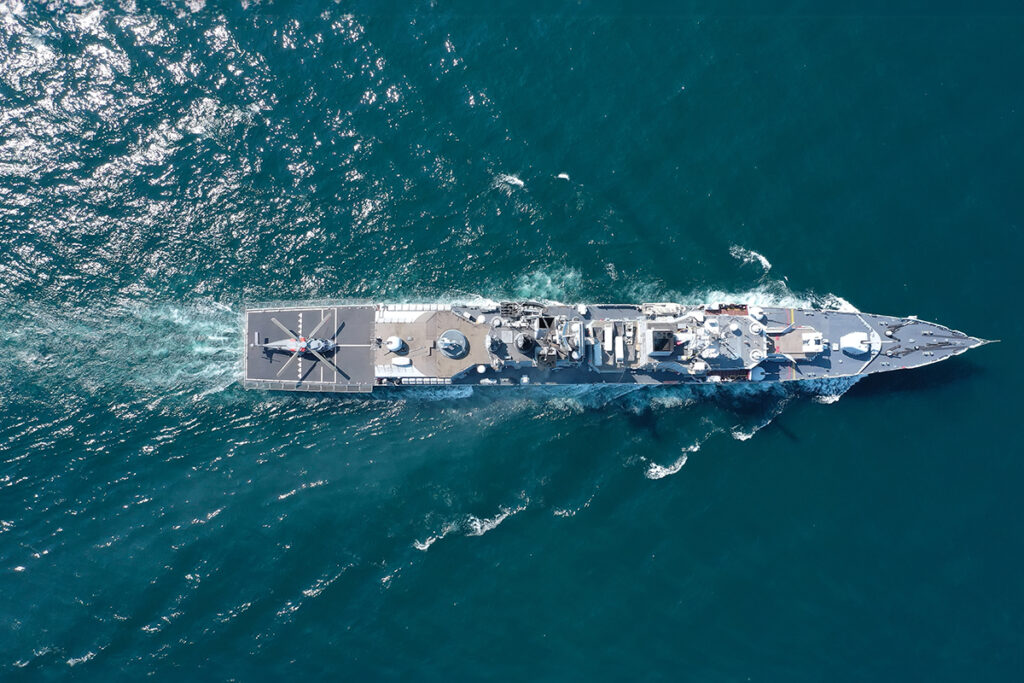In a bid to enhance its defensive capabilities against the evolving threats of modern warfare, the United States Navy is on the cusp of testing its latest innovation: Project METEOR. This ambitious project involves equipping a naval vessel with a cutting-edge microwave weapon, slated for deployment by 2026.
Project METEOR marks a significant advancement in directed energy systems, a category of weapons designed to incapacitate targets without conventional ammunition. At its core, METEOR utilizes intense electromagnetic energy to disrupt the electronics of hostile drones, providing a swift and cost-effective solution to counter these increasingly prevalent threats.
The strategic importance of METEOR lies in its multifaceted capabilities. Engineered with a low cost-per-shot, ample magazine capacity, and considerable range, this weapon system ensures a versatile and adaptable defense mechanism for naval operations. Its ability to engage multiple targets simultaneously, along with dual deception and defeat capabilities, underscores its effectiveness in combat scenarios.
The impetus behind microwave weapons like METEOR stems from the proliferation of low-cost drones in modern conflicts. Recent events in regions such as the Russia-Ukraine conflict, Gaza, and the Red Sea crisis have highlighted the significance of unmanned aerial vehicles in asymmetrical warfare, posing significant challenges to conventional military forces.
Of particular concern is the potential threat posed by drone swarms, where numerous drones could coordinate attacks with unprecedented precision and efficiency. This scenario emphasizes the urgent need for innovative defense solutions capable of neutralizing these evolving threats.
In response, the US Navy has turned to directed energy systems, recognizing their potential to deliver rapid and effective responses to hostile drones. Unlike conventional weaponry, which often comes with high costs and logistical challenges, microwave weapons offer a streamlined and cost-effective defense solution.
The underlying principle of directed energy, experts explain, lies in its exceptional speed. Travelling at the speed of light, electromagnetic radiation outpaces traditional hypersonic threats, providing a decisive advantage in modern warfare.
While the United States leads in the development of advanced directed energy systems, other nations are also making strides. The United Kingdom, for instance, has introduced its own directed energy weaponry, such as the DragonFire system, featuring a powerful laser gun capable of accurately targeting airborne threats. This demonstrates the global momentum behind this transformative technology.
As the threat landscape continues to evolve due to rapid technological advancements and geopolitical shifts, the need for robust defense capabilities becomes increasingly apparent. Project METEOR exemplifies the US Navy’s commitment to innovation and adaptability in the face of emerging challenges, ensuring it remains a leader in maritime security in an era marked by uncertainty and complexity.
In the coming years, as directed energy systems like METEOR become more integrated into naval operations, they are poised to redefine the dynamics of modern warfare, providing a potent deterrent against emerging threats and safeguarding the interests of nations worldwide.


